Bungee jumping involves leaping from a height connected to a large elastic rope (or cord), which is tied to the feet – or, more specifically, the ankles. This is as adrenaline- filled an activity as any dreamt up by man. And one that both young and old have delighted in, and thrilled in, over the last quarter-century or so. Bungee jumps usually take place from tall buildings, bridges or cranes – but they’ve also been attempted from moving objects (helicopters and hot-air balloons, for example). As the jumper free-falls from a height, the cord stretches; as the cord rebounds, the momentum takes the jumper upwards. This up-and-down trampoline-like movement continues until the elastic cord loses all its energy. Hurtling down from heights may seem terrifying but bungee jumping is a safe activity with a very good overall safety record – most bungee operations around the world are run by trained and experienced professionals, using the best, and the most reliable, equipment, and with the most stringent safety procedures in place. All you need is plenty of nervous energy – too much of it, and you might just back out!
hat is bungee jumping?
Bungee jumping put simply is an exhilarating adventure sport which involves jumping from a high platform – normally from a dam, bridge, crane or tower, connected to a specially-made thick elastic cord which recoils after a few seconds of freefall. Though the bungee platforms are usually from static structures, it is also possible, and highly thrilling, to bungee jump from hot air balloons, mountain gondolas and helicopters.
Practiced around the world, this activity is great to do in groups with friends or family, cheering each other on as you wait for your own turn to jump!
Some bungee sites have a minimum weight limit rather than a minimum age, so it’s a sport that can be tried by a range of ages, with no maximum age limit. Some bungee sites however have a minimum age, the average being around 14 years old, but this is dependent on each individual bungee.
A sport that requires minimal preparation on the participant’s part, requiring only a minimal level of fitness, good health, to wear appropriate footwear, and to listen to a safety briefing, this is a great sport that almost anyone can try!
You can ease into bungee jumping by picking the height that suits you best, depending on your threshold for tolerating heights. To compare various bungee sites from one another, take a look at our list of the World’s 10 highest bungee jumps! If you have your eyes set on booking a specific bungee jump or would like to know if there’s a site around you, make sure you check out all our bungee jumps around the world!

History of Bungee Jumping
According to a legend surrounding the South Pacific island of Pentecost Island, bungee jumping originated there. The legend says that a woman, fleeing her husband who was mistreating her, climbed a tree to hide, which her husband followed her up. Just as her husband tried to grab her, she tied vines around her ankles and jumped. Her husband jumped at the same time but hit the ground and died, so the woman was saved by the vines.

Since this legend originated, the men of the island have practiced jumping from trees with vines tied around their ankles. This ‘land diving’ or Naghol, as it is known on the island, has become a tradition on Pentecost Island. It is practiced every year on Saturdays between April and June.
Modern history:
In April 1979, on ‘April Fool’s Day’ the Oxford Dangerous Sport Club tried jumping from Bristol’s Clifton Bridge in England. Illegally and moderately unpreparedly, a few members of this club attached elastic bungee cords to themselves and jumped – something they later did again at the Golden Gate Bridge in San Francisco, USA. the following year.
This, along with other jumps, propelled the sport into the mainstream. In 1989, the now world-famous New Zealander A.J. Hackett opened the world’s first commercial bungee jumping location in Queenstown, New Zealand.

What equipment is used in bungee jumping?
The amount of equipment required for this sport is minimal, with the participant only needed to bring appropriate footwear.
The bungee site will supply the specially designed braided shock cord you will be connected to, the leg and body harness you will be wearing, connected to the bungee cord and a helmet may be required at some destinations.
Don’t be skeptical of the location if you don’t spot a harness, as some bungee sites simply connect jumpers to the bungee cord via the ankles, whilst others use a harness. You can rest assured, knowing both pieces of equipment keep you secure:
Bungee Cord: A specially designed and made cord made from tightly woven strands of rubber. With different strengths and thicknesses available, different bungee sites opt for slightly varying cords. This cord will have recoil when you reach a certain point before you reach the ground.
Harnesses: The harnesses are worn around the thighs, waist, chest, and shoulders, with the bungee cord connected at the front to both of these pieces of the harness.

What will I do?
Pre-activity:
Arrive at the bungee site at least an hour before your slot, this will give you time to take in the surroundings, watch the people before you jump and get acquainted with the instructors and have a safety briefing.
Before the jump, you will be weighed so that the operators set up the particular rope you will use. After attaching your harnesses and rope and checking everything is secure and safe, you’ll then be ready to jump!
During the activity:
Relax, stretch your arms out, bend your knees and jump into the void. Enjoy the sensation of the freefall, it will only last a couple of seconds, and then the rope will be fully stretched and the elastic will recoil and bring you back up slightly and you will swing momentarily at the end of the rope until you are either lowered down to a specially-made landing area airbag, platform or even a boat sometimes (dependent on the location) or lifted back up to the spot you jumped from.
Post-activity:
After having your harnesses detached from the rope and the harness subsequently taken off, you’ll be able to relax and think back on the incredible bungee jumping experience you’ve just had!

Who can do bungee jumping?
Bungee jumping is an inclusive, accessible sport, able to be tried by people with reduced mobility, amputees or visitors with partial paralysis. If you have any doubts about whether yourself or one of your group can participate in bungee jumping, it is highly recommended to speak to the staff at the bungee site that you intend to visit beforehand.
Min. and max. weights:
Rules vary for different bungees, but the general minimum weight for bungee jumping is 35/40kg. The maximum weight again differs between sites but is generally around 145/150kg.
Pregnant women:
Bungee jumping unfortunately is not recommended for women who are pregnant.
Health requirements:
Generally the participant must be in good health, if you suffer with epilepsy, joint problems or heart disease you may not be allowed to participate. It is worth checking with the bungee site you’re planning on visiting ahead of booking to see their individual policy on health requirements if you are unsure.
Other rules:
It is also worth noting that it is not advised for bungee participants to be under the influence of drugs or alcohol, as they may not be permitted to participate. This sport requires a high level of engagement and attention to the safety instructions provided by instructors.

Variations of bungee
This exhilarating sport has a number of equally exciting variations such as bridge and canyon swings and sky jumping.
Bridge Swing: This is offered at a number of bridges around the world, bridge swinging is a variation of bungee jumping in that you still jump from a bridge but the type of rope is different and you swing rather than freefall.
Canyon swing: Similar to bridge swinging, though instead of jumping from a bridge, you jump from the side of a canyon. Canyon swinging is like cliff jumping, but you’re attached to a rope.
Sky jump: A sky jump is a controlled fall from a large height. The participant has a wire attached to them as they ‘fall’ at a controlled speed. Unlike bungee jumping, there’s no recoil of the wire and most sky jumps will end on a landing platform at the bottom of the tower that you jump from.
Bungee Jumping in India
Bungee jumping is relatively new in India, and there are only a handful of destinations that offer the activity. Rishikesh, in Uttarakhand, is the country’s first bungee site, and easily the best known. Jumps take place from a cantilever platform constructed on a rocky bluff looking out over a tributary of the River Ganges. And now, there are bungee facilities in Delhi and Bangalore – within the city limits – and on a beach in the north of Goa.
Best season in India
Throughout the year, but outside of the monsoons
Bungee Jumping sites in India
North – Rishikesh (Uttarakhand), Delhi
South – Bangalore (Karnataka)
West – Anjuna Beach, North Goa (10km north of Calangute)

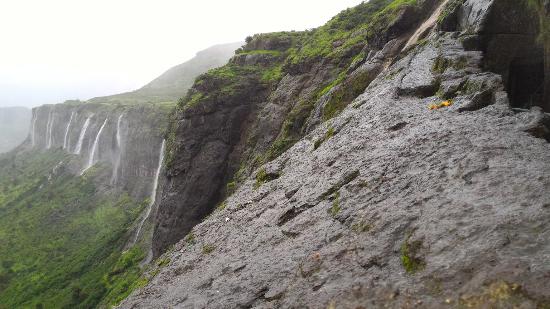

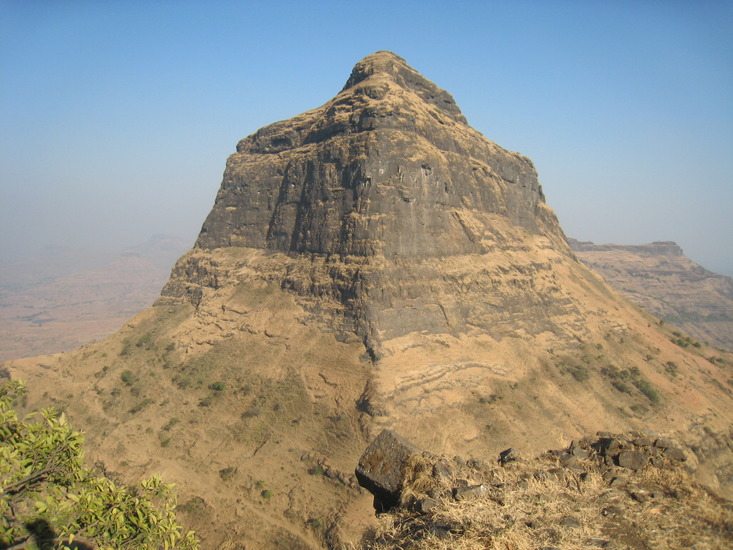

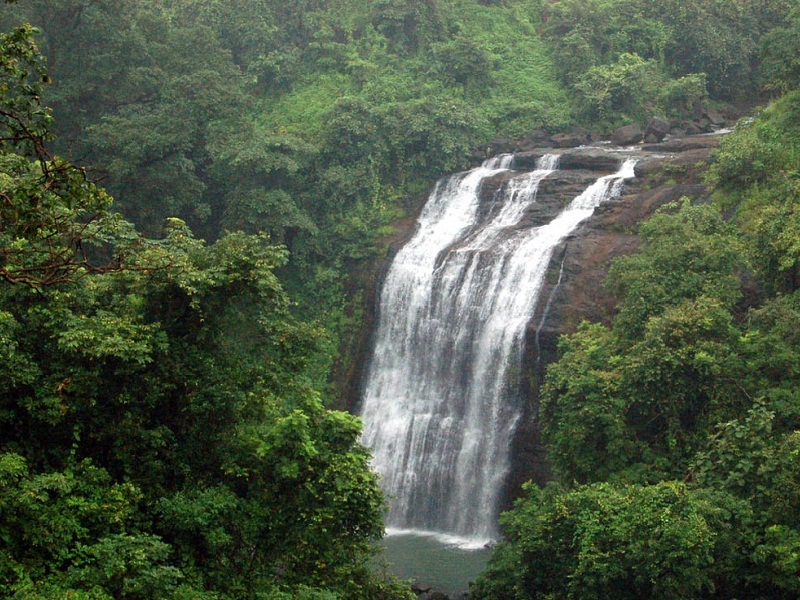
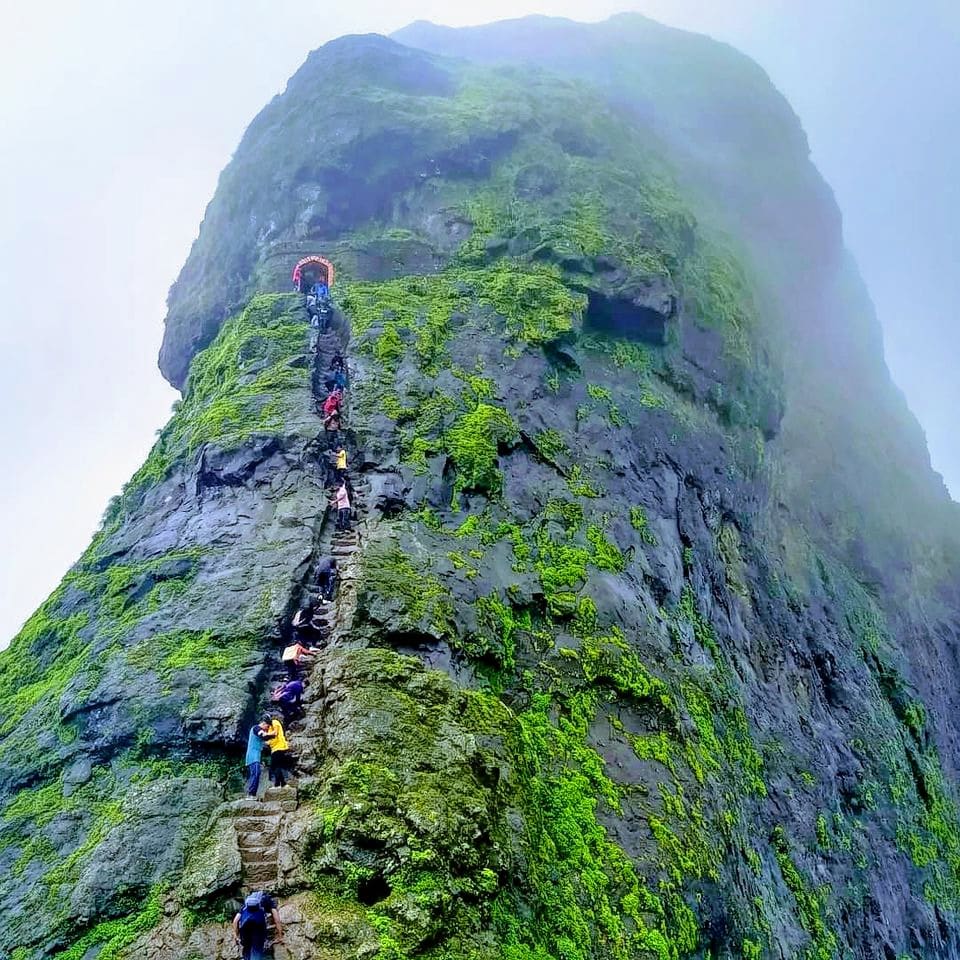
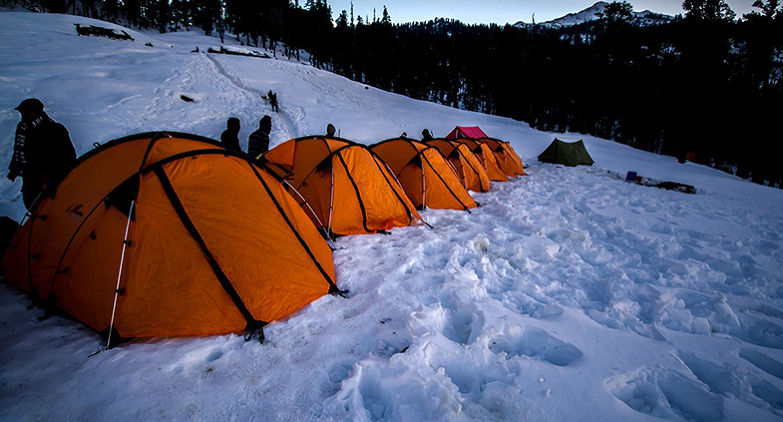
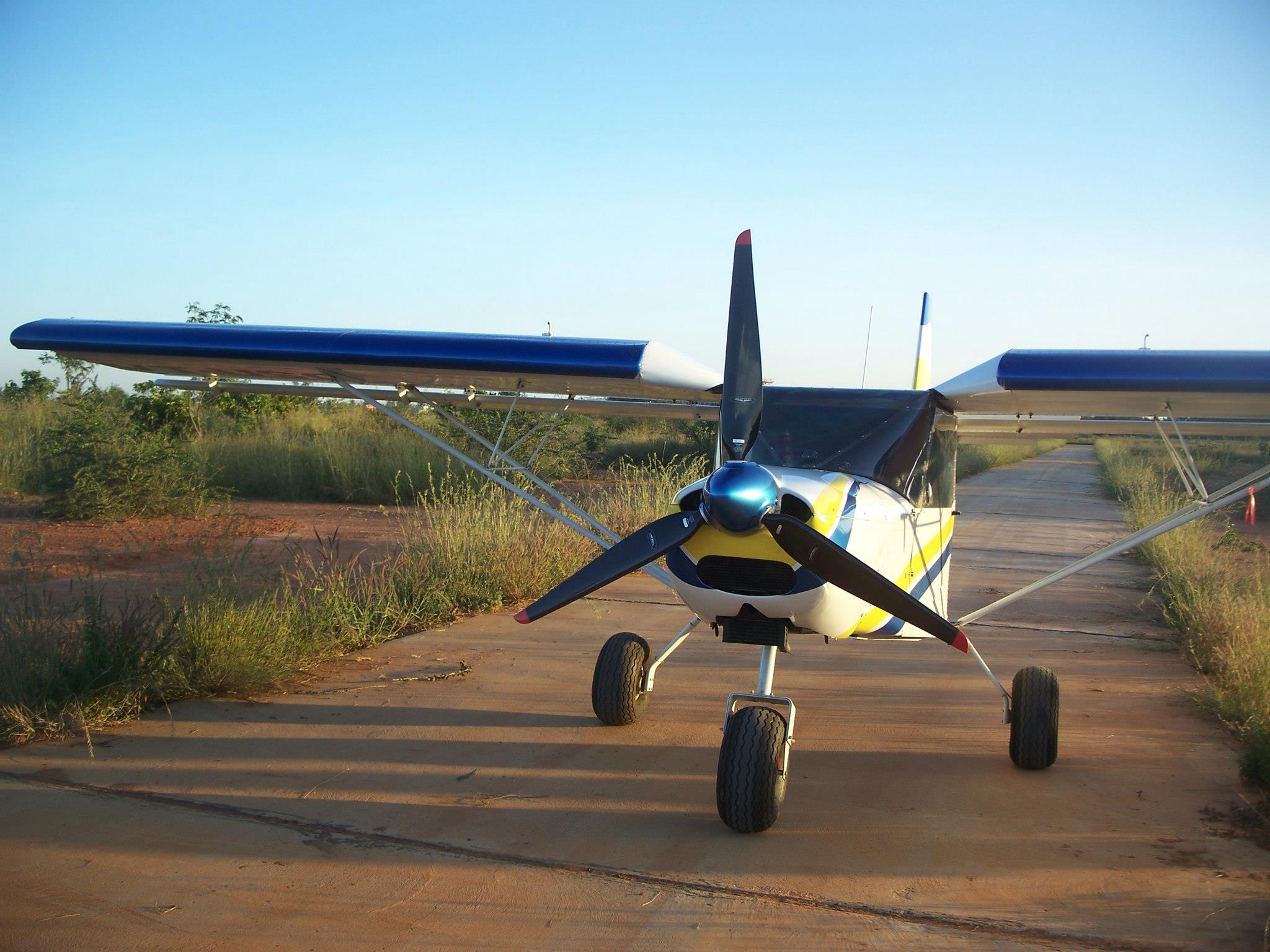
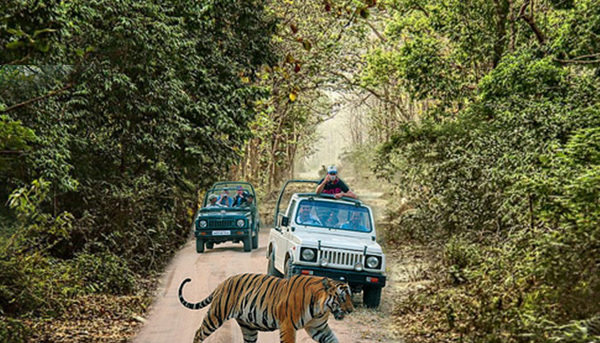



2 Comments
Comments are closed.